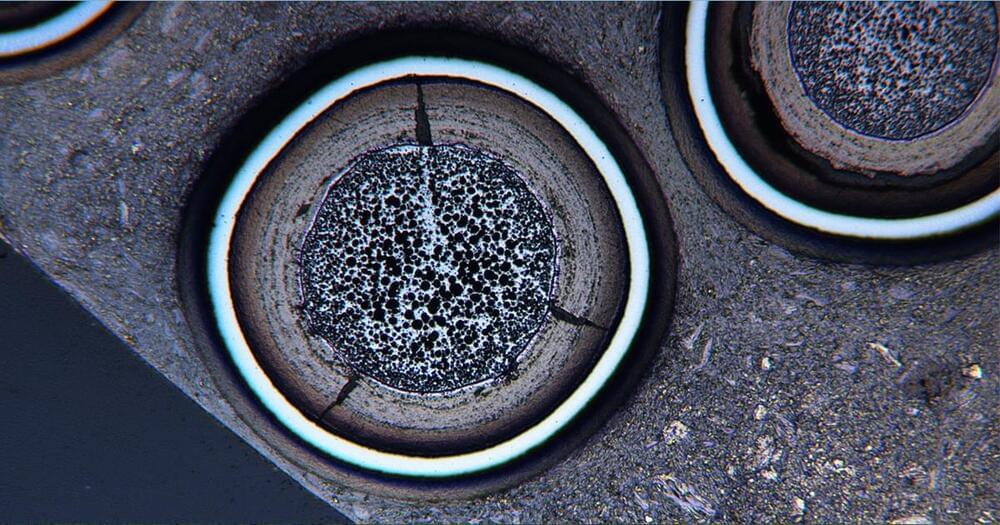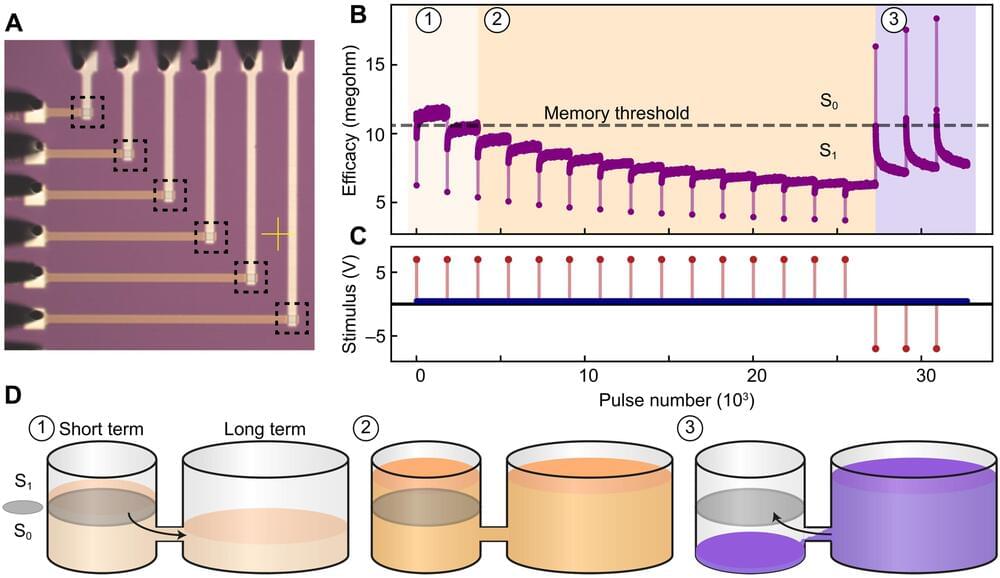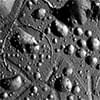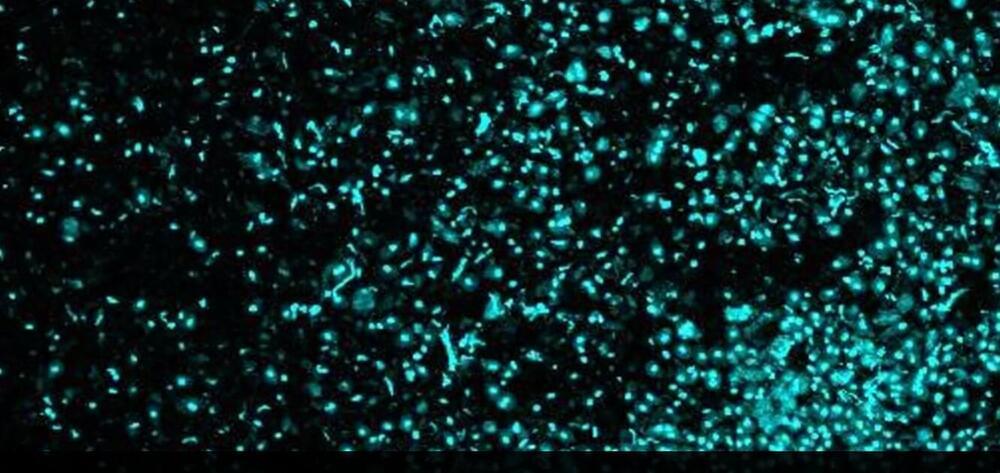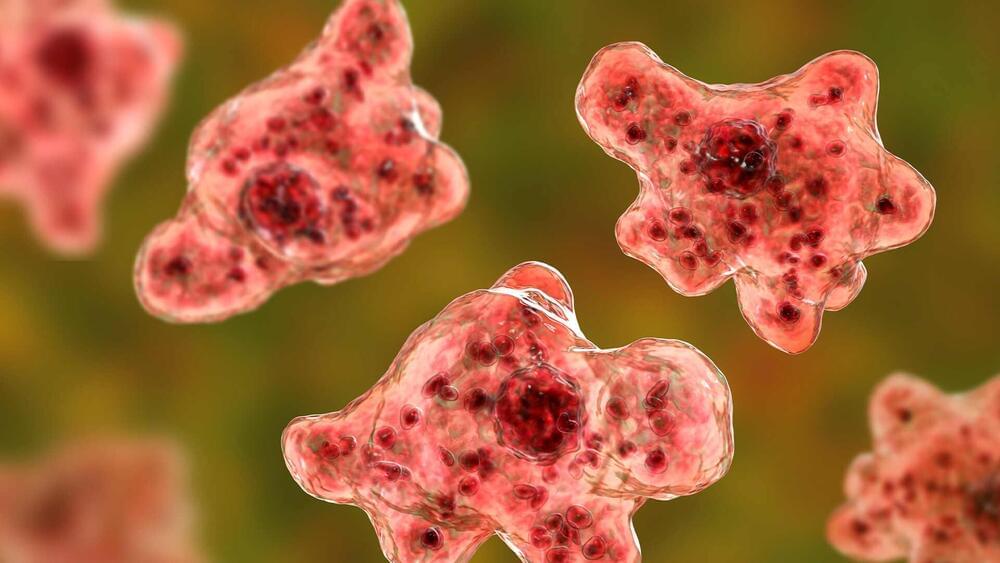Page 4966
Jul 15, 2022
New kind of laser uses tiny particle clumps to generate light
Posted by Shubham Ghosh Roy in category: particle physics
Lasers normally use mirrors to create laser light, but a new kind uses clumps of moving particles. The result is a laser that is more programmable and could generate extra-sharp visual displays.
Jul 15, 2022
Dr Rosamund Lewis MD — Head, WHO Smallpox Secretariat — Surveillance, Preparedness & Health Security
Posted by Ira S. Pastor in categories: biotech/medical, government, health, security

Surveillance, Preparedness & Health Security In Critical Disease Emergencies — Dr. Rosamund Lewis, MD, Head, WHO Smallpox Secretariat, Technical Lead for Monkeypox.
Dr. Rosamund Lewis, MD, is Head, WHO Smallpox Secretariat, Emerging Diseases and Zoonoses Unit, World Health Emergencies Programme, at the World Health Organization in Geneva, Switzerland, leading on emergency preparedness and advising on health security for the agency in this very critical domain, including as technical lead for Monkeypox. She also holds an appointment as Adjunct Professor in the School of Epidemiology and Public Health, University of Ottawa.
Jul 15, 2022
TRISO Particles: The Most Robust Nuclear Fuel on Earth
Posted by Shubham Ghosh Roy in categories: nuclear energy, particle physics
TRISO particles cannot melt in a reactor and can withstand extreme temperatures well beyond the threshold of current nuclear fuels.
There’s a lot of buzz around advanced nuclear.
These technologies are going to completely change the way we think about nuclear reactors.
Continue reading “TRISO Particles: The Most Robust Nuclear Fuel on Earth” »
Jul 15, 2022
Providing embedded artificial intelligence with a capacity for palimpsest memory storage
Posted by Dan Kummer in categories: biological, chemistry, robotics/AI
Biological synapses are known to store multiple memories on top of each other at different time scales, much like representations of the early techniques of manuscript writing known as “palimpsest,” where annotations can be superimposed alongside traces of earlier writing.
Biological palimpsest consolidation occurs via hidden biochemical processes that govern synaptic efficacy at varying lifetimes. The arrangement can facilitate idle memories to be overwritten without forgetting them, while using previously unseen memories short-term. Embedded artificial intelligence can significantly benefit from such functionality; however, the hardware has yet to be demonstrated in practice.
In a new report, now published in Science Advances, Christos Giotis and a team of scientists in Electronics and Computer Science at the University of Southampton and the University of Edinburgh, U.K., showed how the intrinsic properties of metal-oxide volatile memristors mimicked the process of biological palimpsest consolidation.
Jul 15, 2022
Atomic level deposition to extend Moore’s law and beyond
Posted by Shubham Ghosh Roy in categories: computing, materials
Moore’s law has driven the semiconductor industry to continue downscaling the critical size of transistors to improve device density. At the beginning of this century, traditional scaling started to encounter bottlenecks. The industry has successively developed strained Si/Ge, high-K/metal gate, and Fin-FETs, enabling Moore’s Law to continue.
Now, the critical size of FETs is down to 7 nm, which means there are almost 7 billion transistors per square centimeter on one chip, which brings huge challenges for fin-type structure and nanomanufacturing methods. Up to now, extreme ultraviolet lithography has been used in some critical steps, and it is facing alignment precision and high costs for high-volume manufacturing.
Meanwhile, the introduction of new materials and 3D complex structures brings serious challenges for top-down methods. Newly developed bottom-up manufacturing serves as a good complementary method and provides technical driving force for nanomanufacturing.
Jul 15, 2022
Scientists develop new method and device to isolate single cells using electric fields
Posted by Genevieve Klien in category: biotech/medical
In cancer research, it all comes down to a single cell.
Over the last decade, cancer researchers have homed in on the fact that an individual cell from a tumor can be used to perform molecular analyses that reveal important clues about how the cancer developed, how it spreads and how it may be targeted.
With this in mind, a team of researchers at Brown University has developed an advanced way to isolate single cells from complex tissues. In a study published in Scientific Reports, they show how the approach not only results in high-quality, intact single cells, but is also superior to standard isolation methods in terms of labor, cost and efficiency.
Jul 15, 2022
Type 3 diabetes: symptoms, causes and treatments
Posted by Genevieve Klien in categories: biotech/medical, neuroscience
The term ‘type 3 diabetes’ has been used by some to describe Alzheimer’s disease.
While most of us are familiar with type 1 and type 2 diabetes, you may not have come across the term ‘type 3 diabetes’ before. First things first, this is not to be confused with type 3c diabetes, which is something else entirely. It is, however, related to insulin resistance in the brain.
Being diagnosed as insulin resistant generally means that someone is either prebiabetic or has type 2 diabetes. But scientists have proposed that it can also result in the brain’s neurons lacking glucose, which is needed for proper function, and this can lead to symptoms of Alzheimer’s disease.
Jul 15, 2022
This map shows which US lakes contain brain-eating amoebas
Posted by Genevieve Klien in category: neuroscience
The CDC has released a map that shows where brain-eating amoebas are infecting people in lakes across the U.S.
A few days ago, a Missouri resident who went swimming in the Lake of Three Fires in Taylor County, Iowa, was hospitalized after a microscopic amoeba entered through their nose and started eating away at their brain.
Better known as Naegleria fowleri, the single-celled organism that thrives in warm freshwater, travels up the nose to the brain where it rapidly multiplies and begins feasting on brain tissue. It can infect people when they are swimming or diving, by entering through their nose.
Continue reading “This map shows which US lakes contain brain-eating amoebas” »
Jul 15, 2022
Attackers scan 1.6 million WordPress sites for vulnerable plugin
Posted by Saúl Morales Rodriguéz in category: security
Security researchers have detected a massive campaign that scanned close to 1.6 million WordPress sites for the presence of a vulnerable plugin that allows uploading files without authentication.
The attackers are targeting the Kaswara Modern WPBakery Page Builder, which has been abandoned by its author before receiving a patch for a critical severity flaw tracked as CVE-2021–24284.
The vulnerability would allow an unauthenticated attacker to inject malicious Javascript to sites using any version of the plugin and perform actions like uploading and deleting files, which could lead to complete takeover of the site.


